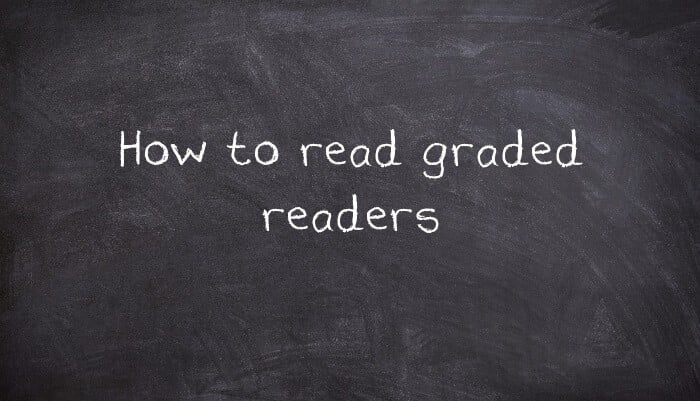At every level below Advanced, most of your reading in English should be material that was written to be the right level for you, e.g. a Pre-Intermediate reading text if you are at A2 level. The highest quality, most interesting, and most motivating range of graded reading materials are easy readers for language learners such as those from Black Cat and Oxford Bookworms. This article gives hints on how to choose, read, judge and learn from such graded readers. It was based on experience of both using graded readers to help students learn English and as of using graded readers to learn other languages, so this article should also be relevant to learning French, Greek, Japanese, etc.
How to choose graded readers
The most important thing is finding graded readers which are interesting to you. Luckily there is everything from children’s fantasy fiction to business books, including things related to many popular movies and TV programmes, so something suitable for you is definitely available.
More obviously, you also need a reader at the right level for you. Each publisher will have their own guide to what their levels mean, but the systems usually start at Level 1 for beginner/ pre-A1, then Level 2 for elementary/ A1, etc. They generally go up to Level 6 for Advanced, or maybe Level 7 for proficiency/ C2. The tip below on judging a graded reader could also help if you have access to the book before you choose it.
If you also want to improve your listening, you might also want to look for a graded reader that comes with recordings such as mp3 files or a CD (as most do).
How to judge a graded reader
When you start reading a graded reader, a book which has between one and three unknown words or expressions per page is probably the right level for you. If there is more new language than that, it might be worth trying something easier. If there is no new language on most pages of the book, then you are ready for something more challenging such as a Level 4 book if you were reading one at Level 3.
How to read a graded reader
Graded readers should be read mainly for pleasure, which means that you read them at a natural speed to enjoy the story, to find the content interesting, etc, just as you would with books in your own language. This obviously means reading silently (not out loud), and can include skipping bits which are less interesting such as long descriptions.
This reading style will be more motivating, make the content (and therefore the language) more memorable, and increase your reading speed. If you also want to look up new language such as unknown vocabulary, you can do this at the same time by underlining things which are difficult to understand while you are reading, but only stopping later to look things up. For example, you could underline every new word and unknown collocation while reading the three pages of Chapter 1, then stop to check them in your dictionary.
What to do with new language from graded readers
One of the top selling points of graded readers is that almost all of the new vocabulary will be useful to learn, unlike books for native speakers which tend to have much rarer language such as dated idioms. If you follow the reading techniques above, it is easy to transfer new vocabulary to a list of things to learn when you stop to use a dictionary after one page, one chapter, etc. This can then be put on flashcards, put into a smartphone flashcard app, etc, to be memorised.
When to quit graded readers
As you need to be mainly reading for pleasure, any book which becomes uninteresting should be put aside and be replaced with something more motivating.
What to do after reading graded readers
To make the language of the book really stick in your mind, it can be very useful to talk about and/ or write about what you read. For example, you could mention the content of your latest graded reader in your English diary, talk about it to your English teacher, or even set up a book club.
What to read next
Before you choose your next book, think about whether the last one was too easy, too difficult or exactly the right level, and change level for the next book if necessary. Especially if the last book was very interesting, it will both easy and good revision to read something similar such as another murder mystery, as it will probably contain similar vocabulary.
Re-reading graded readers
As long as it is still interesting, it can be great revision to quickly re-read a book a few months later, preferably erasing any notes you made on the pages before you re-reading so you can check how much you remember.
When to move to authentic texts
Many people need to use texts written for native English speakers for their work, other studies, etc, but for language learning purposes the majority of reading texts should be graded ones until Advanced level. Upper Intermediate is a good time to start upping the number of authentic texts (perhaps to around 30%).
